Discover the hidden world of Urban Wildlife thriving in Indian cities. From monkeys to leopards, explore their secret lives!
From bustling metropolises to quiet suburban neighbourhoods, Indian cities are
a vibrant mix of concrete structures and green spaces. Amidst this urban landscape, a fascinating array of wildlife has adapted and carved out a niche for themselves.
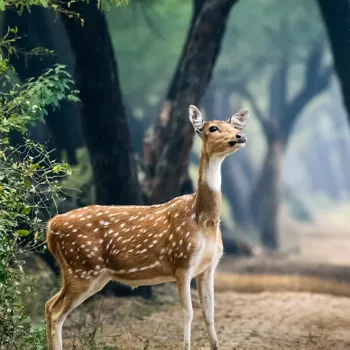
While we often think of animals as belonging to forests and jungles, many species are not only surviving but thriving in our cities, often leading secret lives right under our noses. Let's take a look at ten such animals that have successfully integrated into the urban ecosystem:
The Adaptable Rhesus Macaque
These monkeys are a common sight in many Indian cities, especially near temples and residential areas. They are incredibly adaptable and have learned to survive on food provided by humans.
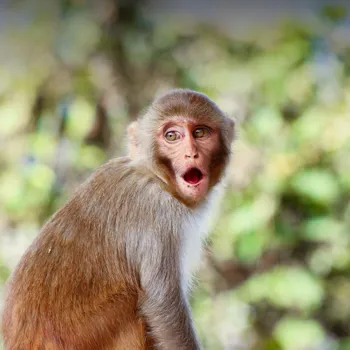
While their playful antics can be entertaining, it is important to remember to avoid feeding them, as it can lead to dependency and aggressive behaviour.
Macaques are intelligent creatures with complex social structures, and their presence in cities highlights the challenges and opportunities that arise when wildlife and humans share space.
Efforts are being made to manage their populations humanely and educate the urban population about coexisting peacefully with them.
The Elusive Leopard
Yes, you read that right! Leopards are not just found in forests. Cities like Mumbai have national parks within or bordering them, leading to occasional leopard sightings in urban areas. These apex predators are incredibly stealthy and primarily hunt stray dogs and other small animals.
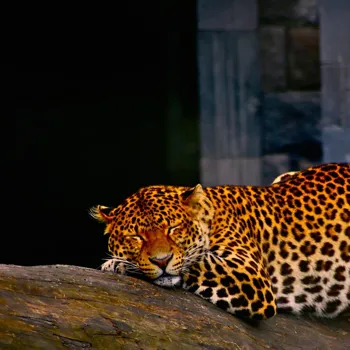
Conservationists are working hard to minimize human-animal conflict through education and by ensuring corridors that allow leopards to move safely between fragmented forest patches. Their presence is a reminder that even in the most developed cities, wild nature persists.
Awareness and responsible behaviour are key to ensuring their survival.
The Ubiquitous Common Myna
This bird is one of the most commonly seen in Indian cities and thrives due to its adaptability. Common Mynas have adapted to living around humans and happily nest in buildings. They are known for their cheerful chirping and their ability to mimic sounds.
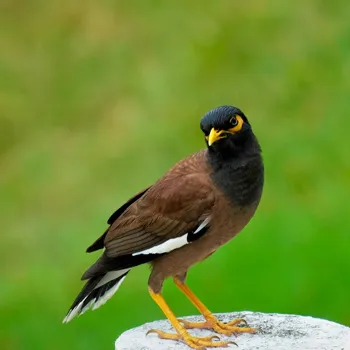
These birds play a part in urban ecosystems by controlling insect populations. The myna thrives by adapting to urban spaces, showcasing how certain species flourish alongside human development.
The Agile Indian Palm Squirrel (Three-Striped Palm Squirrel)
These squirrels are a delightful sight, darting across parks, gardens, and even rooftops. They are easily identifiable by the three white stripes running down their backs. Indian Palm Squirrels are opportunistic eaters, feeding on fruits, nuts, and seeds found in urban gardens.
They find shelter in trees and buildings, and are quick to adapt to different environments and are an integral part of the urban ecosystem, helping with seed dispersal as they bury nuts.
The Adaptable House Crow
These intelligent birds are very common in Indian cities. House crows are very adaptable, feeding on a wide variety of food sources and nesting in various locations. They are known for their intelligence and are able solve problems.
Crows play a vital role in the sanitation of the city by eating leftover food, contributing to keeping urban environment clean. Their ability to thrive in human populated areas is a testament to their adaptability and high intelligence.
Their presence can be considered as an indicator of environmental imbalances in urban areas.
The Nocturnal Fruit Bat
These bats are often unseen city dwellers, but they play a vital role in the urban ecosystem. Fruit bats are important pollinators and seed dispersers, and they mainly come out at night to feed on fruits. They roost in trees and buildings, and are surprisingly adaptable to urban environments.
Although often misunderstood and sometimes even feared, fruit bats are essential for maintaining the health of urban green spaces. Conservation efforts are focused towards raising the awareness of the importance of these animals.
The Shy Jungle Cat
The Jungle Cat, a slightly larger and more reclusive relative of the domestic cat, can be found in the outskirts of many Indian cities and even venturing into some urban parks at night. They primarily hunt rodents and birds. Their presence often goes unnoticed due to their elusive nature.
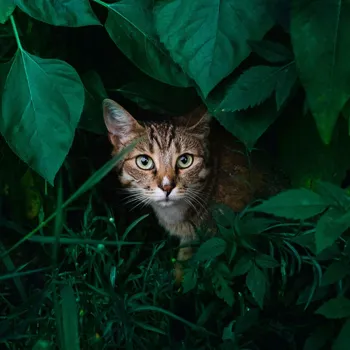
Conservationists stress the importance of protecting urban green spaces, as these act as vital habitat for these animals. Further studies are necessary in order to understand how jungle cats are adapting to city life, and how they can be protected.
The Wily Golden Jackal
Golden Jackals are adaptable canids that have learned to survive in urban areas, particularly on the outskirts of cities. They are opportunistic scavengers, feeding on rodents, birds, and discarded food waste. Jackals will communicate by howling to each other, and are most active during the night.
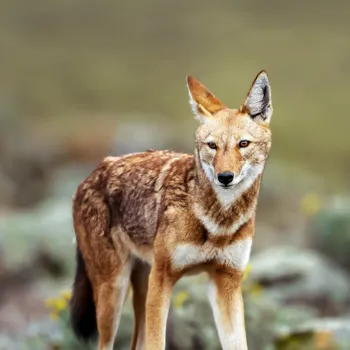
Conservation measures are needed to prevent habitat loss and reduce human-animal conflict, protecting these animals. Research needs to be carried out in order to study these adapting animals.
The Peaceful Blue Rock Pigeon
Pigeons are a familiar sight in cities all over the world, including India. This bird has integrated to life in urban environments. They nest on buildings and feed on grains or scraps left by people. Pigeons are adaptable and are able to thrive in a variety of urban locations.
These birds add a splash of colour to urban landscapes.
The Reptilian Garden Lizard
Garden lizards have adapted to urban environments. These lizards can be spotted in parks, gardens, and even on the walls of buildings. They are helpful as they control insects. Garden lizards quickly adapt to different conditions. They are an important part of the urban ecosystem.
These ten animals represent just a fraction of the urban wildlife that shares our cities. Their presence highlights the need for urban planning that considers the needs of both humans and animals.
Protecting green spaces, managing waste responsibly, and raising awareness about coexisting with wildlife are crucial steps towards creating more sustainable and harmonious urban environments.
By learning about these animals and their adaptations, we can better appreciate the biodiversity that exists even in the heart of our cities and work towards protecting it for future generations.
Their existence is a reminder that even in the most developed areas, nature can still find a way to thrive.
AI Generated Content. Glance/InMobi shall have no liability for the content











